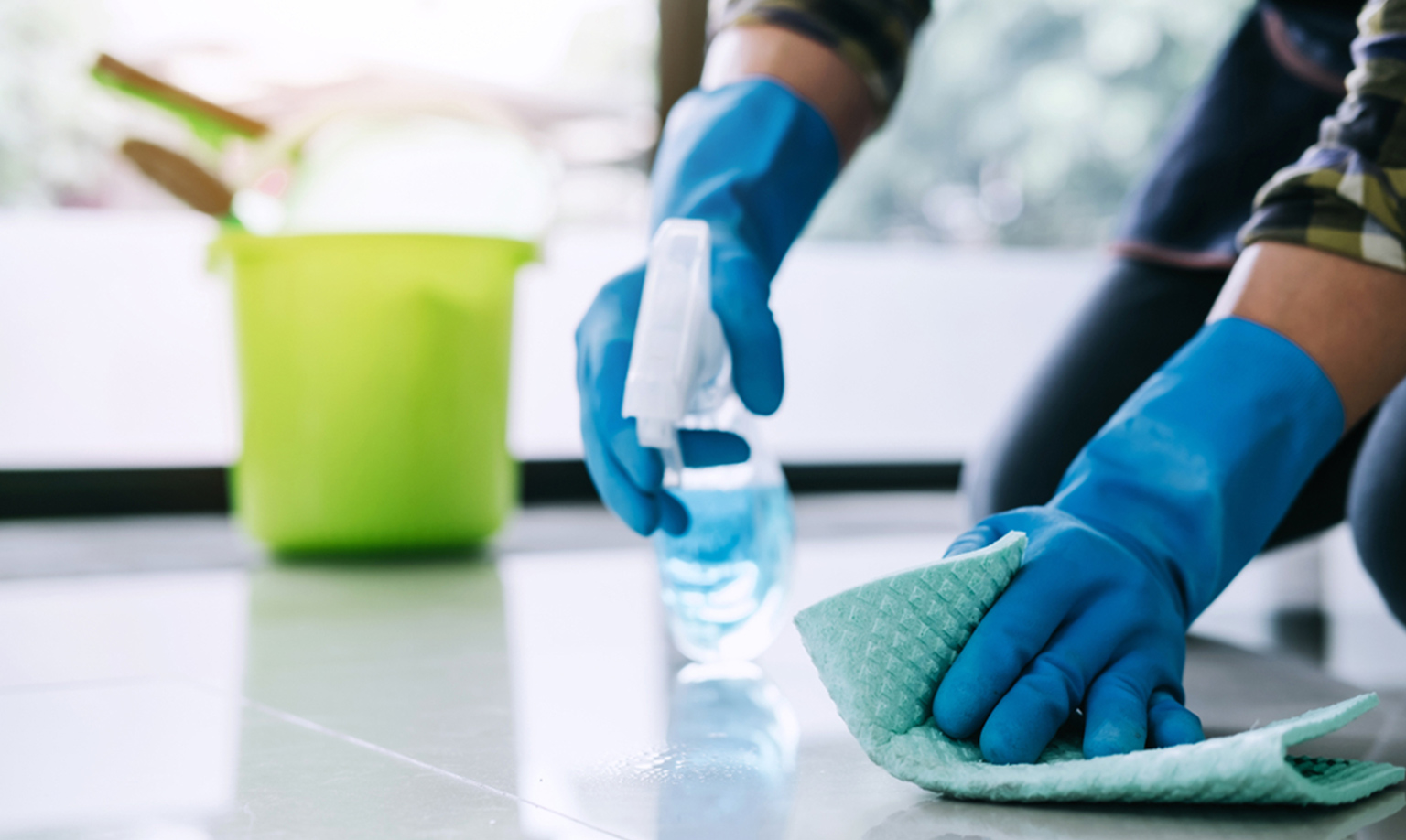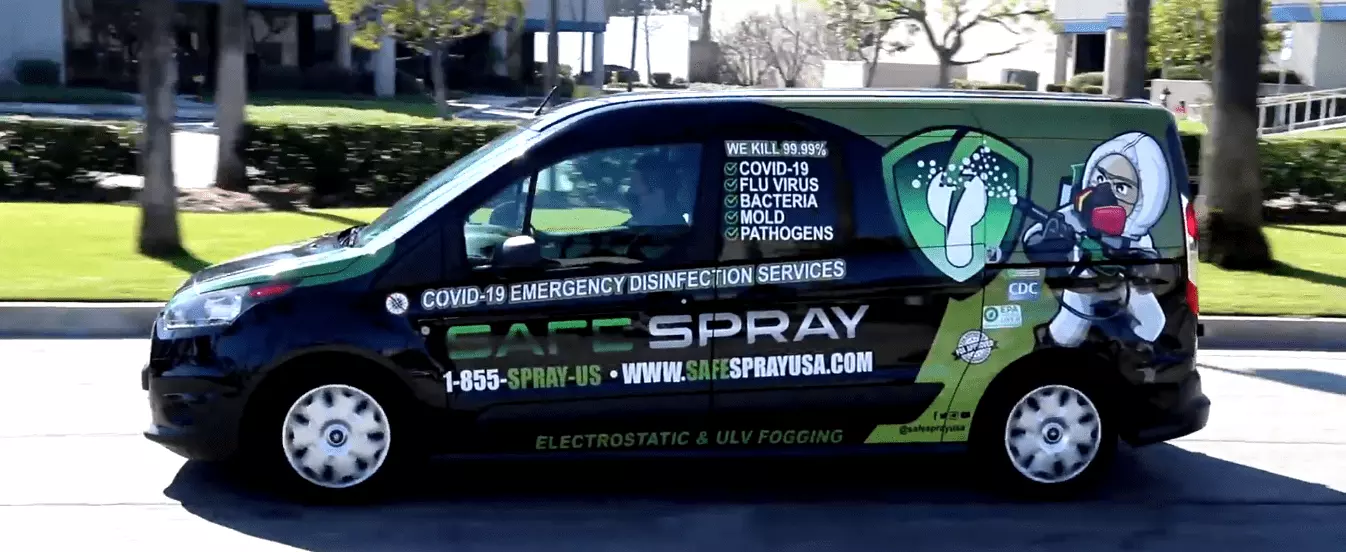Get a Free Estimate
Your information will not be shared. Safe Spray will send you a custom estimate.

The COVID-19 pandemic has shown how important it is to clean our home and disinfect it. In fact, a 2020 survey by the Cleaning Institute found that 42% of adults were not disinfecting their home correctly.
To ensure your space is as disinfected as it can be, follow these tips.
Clean first.
It is important to reiterate that cleaning and disinfecting are not the same. You’ll want to start by cleaning first. This means washing and wiping away dirt and germs from the surface of your home — your countertops, your floors, your tabletops, and your electronics. To clean, the U.S. Centers for Disease Control and Prevention (CDC) cleaning with soap and water while wearing a pair of disposable gloves.
Once that step is complete you will need to disinfect to kill the germs — cleaning only reduces their number from the surface of your home.
Use the right products for the job.
To disinfect your home, you will need to use the chemicals that will effectively kill the virus and any other pathogen that can get individuals sick should they come in contact with it on a surface in your home. The label of different chemical cleaning options will tell you if it is capable of killing the COVID-19 virus, as well as other viruses.
Make your own disinfectant.
According to the CDC, if you’re out of disinfectant, you can make your own by mixing five tablespoons of bleach per gallon of water or four teaspoons of bleach per quart of water. Before you get started with mixing up the product, make sure the bleach hasn’t expired.
Use chemicals safely.
The CDC has provided a list of precautions you should take when disinfecting with chemicals. They include:
- Always read and follow the chemical disinfectants’ directions closely to ensure you are safely and effectively using them.
- Wear gloves and goggles.
- When using rags to clean, be sure to use separate rags for separate rooms to avoid cross-contamination. When you’re done with a rag, be sure to dispose of it or toss it in the laundry.
- Use only the recommended amount on the label.
- Unless the label states otherwise, use room temperature water to dilute the chemical.
- Do not mix products or chemicals.
- Do not eat, drink, breathe, or inject cleaning and disinfection products into your body or apply them directly to your skin as they can cause serious harm.
- Do not wipe or bathe pets with any cleaning and disinfection products.
- Wash your hands frequently while disinfecting.
Disinfect all high-touch surfaces.
The biggest chance for infection will come from those surfaces in your home that see the most use or the most traffic and where viruses can live for several days. This checklist of high-touch surfaces includes:
- Keyboards
- Light switches
- Tables
- Doorknobs
- Countertops
- Handles
- Phones
- Toilets
- Desks
- Trash cans
- Faucets
- Sinks
- Showers
Don’t forget soft surfaces.
The Disinfecting process should also include laundering your sheets, pillows, clothing, and plush toys regularly, especially after someone in your home has been sick.
Treat electronics with care.
Electronics — remote controls, TVs, phones, keyboards, tablets — are high touch surfaces. But, when disinfecting electronics, keep in mind that you should only use products containing at least 70% alcohol or you will risk damaging the equipment.
Store chemicals safely.
This means ensuring all products are labeled correctly, stored with the right amount of ventilation, and stored out of reach of children. When a chemical has gone past its expiration date, it is time to dispose of it safely.
Let Safe Spray be there for you.
If you want to ensure your home or commercial business has been effectively disinfected according to CDC and EPA guidelines, call the Safe Spray experts.

Get Your Free Quote Today!
We also offer a no obligation, free onsite service estimate.

 Get a free Consultation
Get a free Consultation